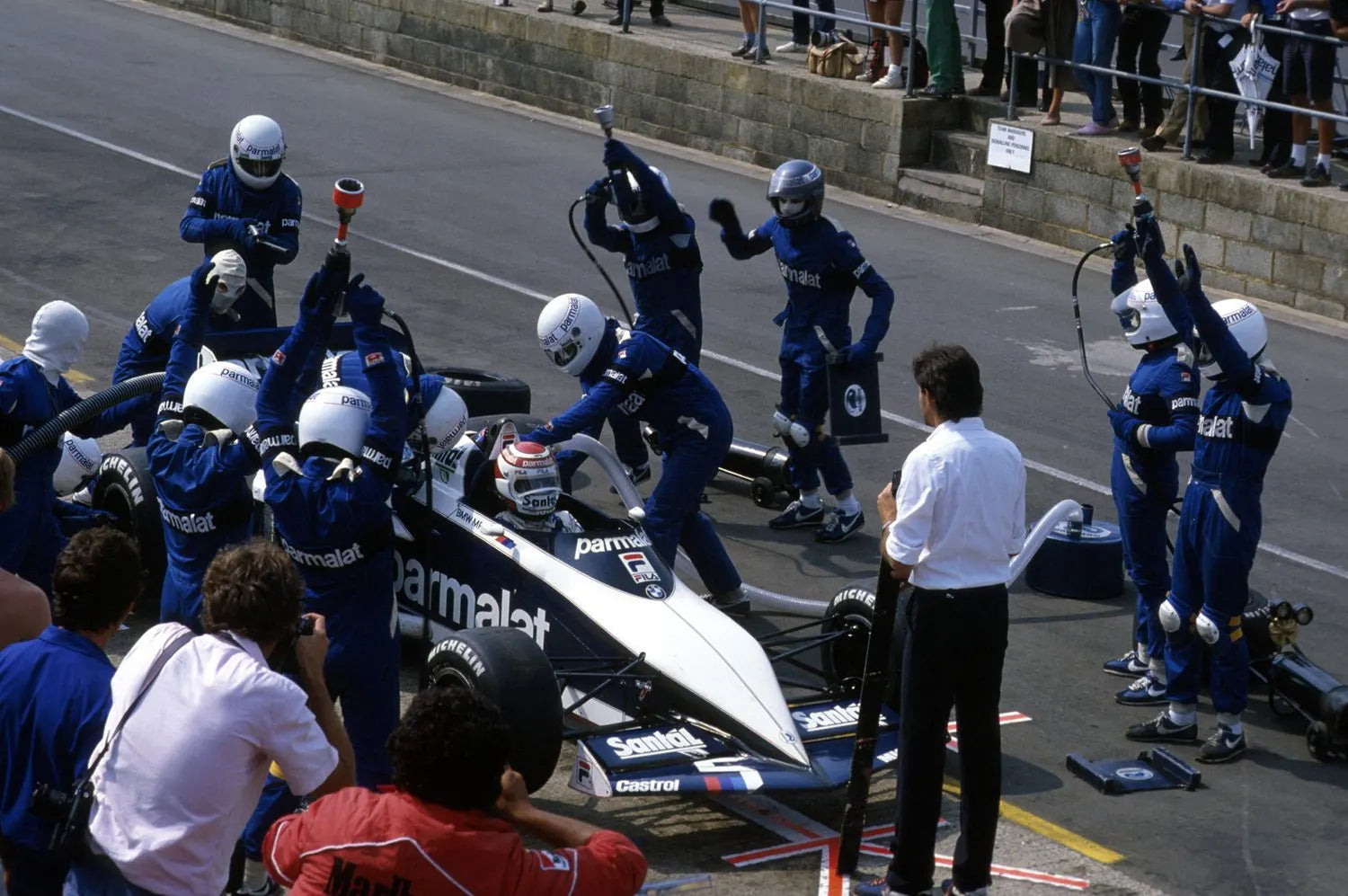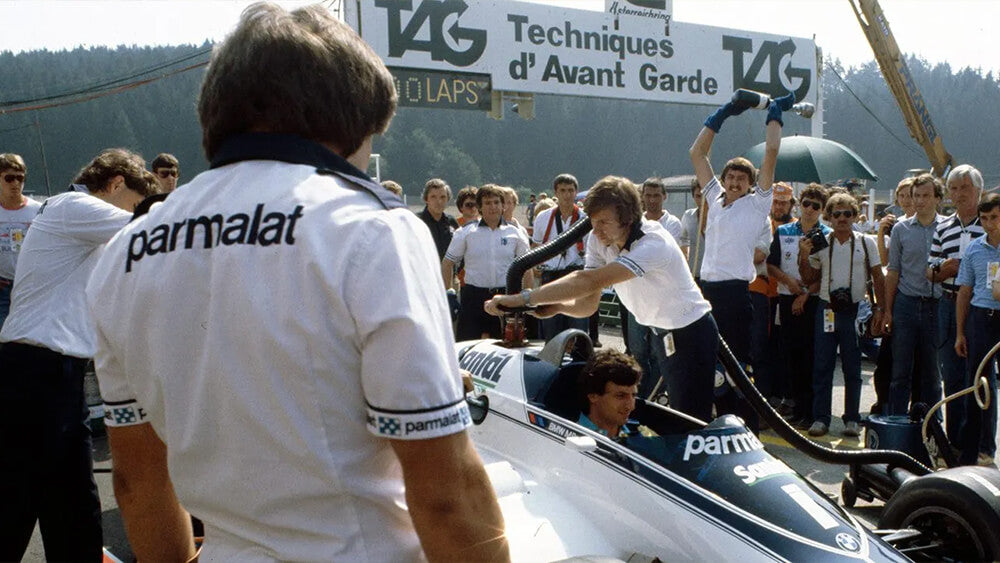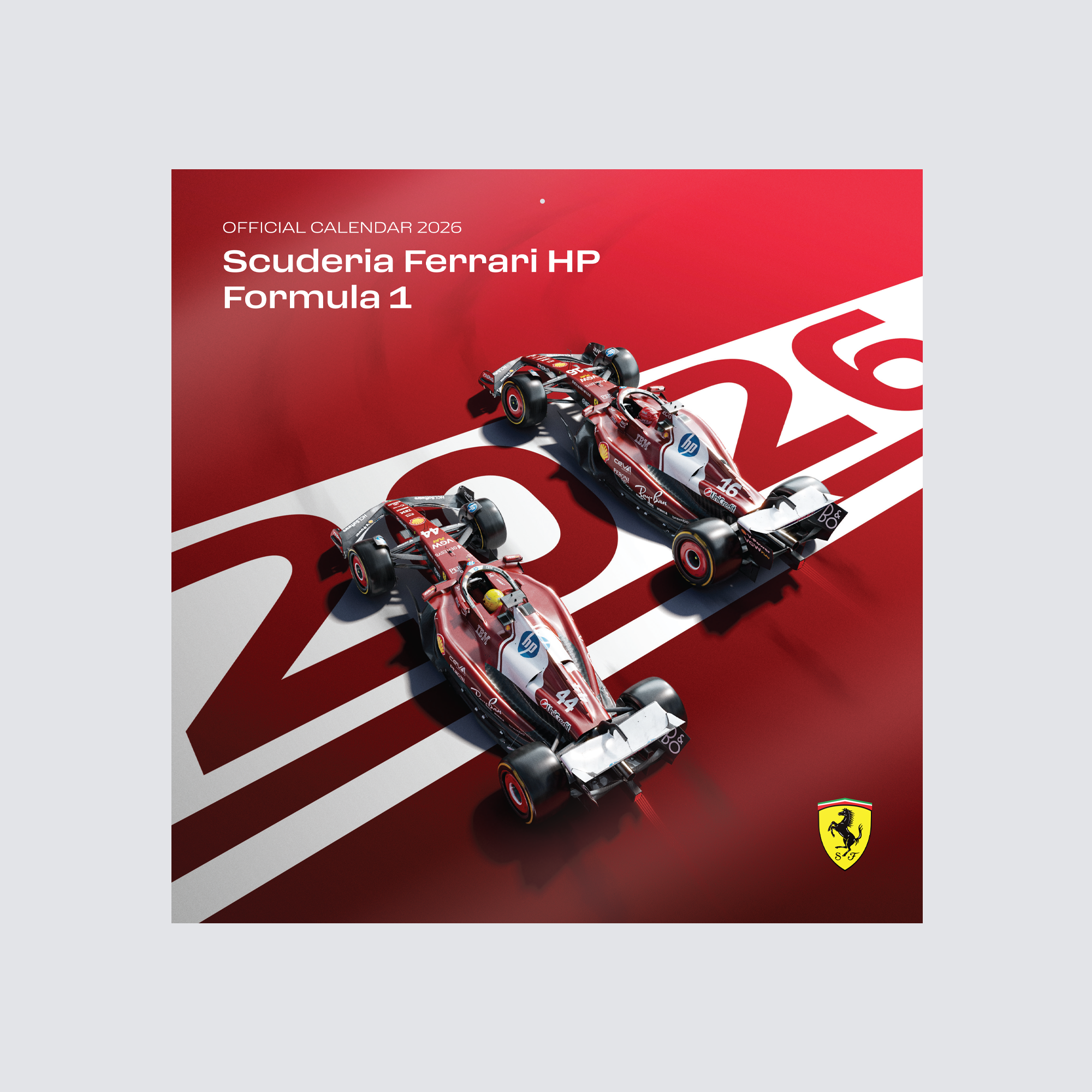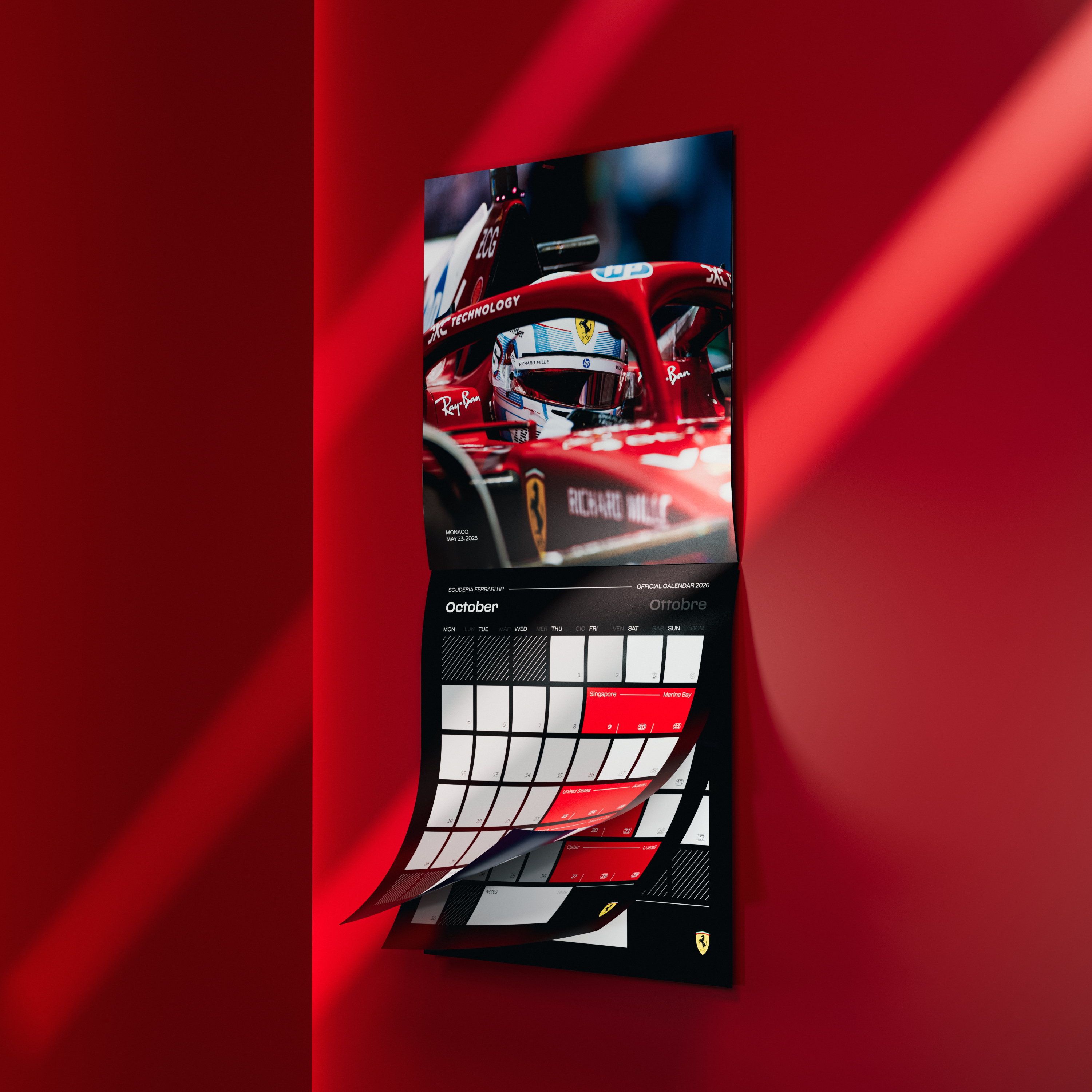The August 15 weekend is usually a MotoGP weekend at the Red Bull Ring in Austria, but on 15 August back in 1982, it was the turn of Formula 1 cars competing in the Austrian GP, at what was then known as the Österreichring. While the win went to the Lotus of Elio de Angelis, the race is significant as it marked the debut of the tactical pit stop.
Pit stops existed since the earliest days of motor racing, with cars coming in for fresh tyres and fuel, especially in the very long races popular in the early days of the sport. However, they lost a driver a lot of time and, from the 60s onwards, a pit stop usually meant something had gone wrong with your car or your plans.
And then, one day, Gordon Murray had a brainwave! In itself, that’s nothing special as Mr. Murray had and still has several, many of which have revolutionised the sport and indeed road-going supercars. This particular idea had to do with the fact that a Formula 1 car’s performance over the course of a Grand Prix depended to a large extent on two factors: the weight of the fuel on board and the drop in tyre performance over the race distance.
 Fuel, tyres, sub-2 second pit stops - how things have changed in Formula 1 from the first pit stop in the 1980s till now.
Fuel, tyres, sub-2 second pit stops - how things have changed in Formula 1 from the first pit stop in the 1980s till now.
At the time, Murray was technical director for the Brabham team, then owned and run by Bernie Ecclestone. Murray’s approach involved looking at the big picture, considering aspects of a race that went beyond just designing the car. He looked at figures that were hardly secret and reached the conclusion that it would be a big advantage to start the race on a light fuel load, stopping to take on more fuel and fresh tyres at some point in the race. For every pound weight of fuel, a car would be around 100th of a second a lap slower, whereas fitting fresh tyres could bring a huge advantage in lap time of up to 2.5 seconds. And not just any tyres. Because the car would be lighter, the team could run softer, grippier, faster rubber.
With fuel making up a big part of the car’s weight at the start of the race, using less would not only make the car lighter, it would also lower its centre of gravity, an important parameter when considering a car’s cornering abilities, another factor that could reduce lap time. However, all these fuel and tyre advantages would be no use whatsoever, unless the pit stop could be carried out in double quick time. Murray calculated that the key number was 26 - that was how many seconds it should take for a car to come down pit lane, stop at its mark while the mechanics changed the tyres and dumped fuel in to allow the car to rejoin the track and be in with a chance of winning.
 The Alfa Romeo racing team enjoying a quick pitstop. Image courtesy hoch-zwei
The Alfa Romeo racing team enjoying a quick pitstop. Image courtesy hoch-zwei
It was at this point that the car had to be engineered and pit equipment designed to make this possible. In 1982, teams did not have refuelling rigs, nor did they have the rapid wheel guns used today and jacking the car off the ground was hardly a speedy procedure either. Murray, along with his colleague in the design office at Brabham, David North set to work. The car was first fitted with lightweight titanium air jacks, so that when the car stopped, a mechanic connected an airline that lifted the car. In a really clever example of lateral thinking a smaller airline was run from this to cool the turbo which risked overheating and failing while the car was stationary. For the refuelling to work, the process would have to be much quicker than a highstreet fuel pump and a system was devised using pressurised kegs that could dump around 130 litres of fuel in the space of three seconds! To say this was dangerous would be an understatement and inevitably, pressurised refuelling was later banned.
A further tweak was devised to ensure that the new tyres fitted at the pit stop would immediately be at the right operating temperature when the car rejoined the track, rather than taking a few laps to warm up. Tyre blankets had not yet been invented and Murray came up with a plywood chimney, with a gas blower heater at the bottom, a chimney at the top and small “windows” for checking the tyre temperatures.
 Video cameras were a novelty back in the 1980s, but Gordon Murray used one to film practice pit stops to get the crew working as one. Image courtesy hoch-zwei
Video cameras were a novelty back in the 1980s, but Gordon Murray used one to film practice pit stops to get the crew working as one. Image courtesy hoch-zwei
Video cameras were a relative novelty back then, but Murray used one to film practice pit stops to get the crew working as one and this would form the basis of the incredible under two second pit stops, albeit without refuelling, that we see today.
Brabham first planned to try this new strategy at the ’82 British GP and their arrival at the track caused consternation down the pit lane, as they unloaded what looked like beer kegs, huge diameter hoses, a blue chimney and a system to power the wheel guns. What was Murray up to this time? The answer would have to wait as that year’s Brabham BT50 was not the most reliable of beasts and both cars, driven by Nelson Piquet and Riccardo Patrese did not get far enough to try out the refuelling ruse. That had to wait until later in the year in Austria, when finally Patrese got far enough in the race to make the first tactical pit stop. It worked, but the car didn’t and the Italian retired. But the benefits of the strategy were clear to see and inevitably, the other teams followed suit. Refuelling was banned from 1984 to 1994 and then from 2010 onwards, regarded as being just too dangerous a practice in a crowded pit lane.
 A system was devised using pressurised kegs that could dump around 130 litres of fuel in the space of three seconds! Image courtesy hoch-zwei
A system was devised using pressurised kegs that could dump around 130 litres of fuel in the space of three seconds! Image courtesy hoch-zwei














































